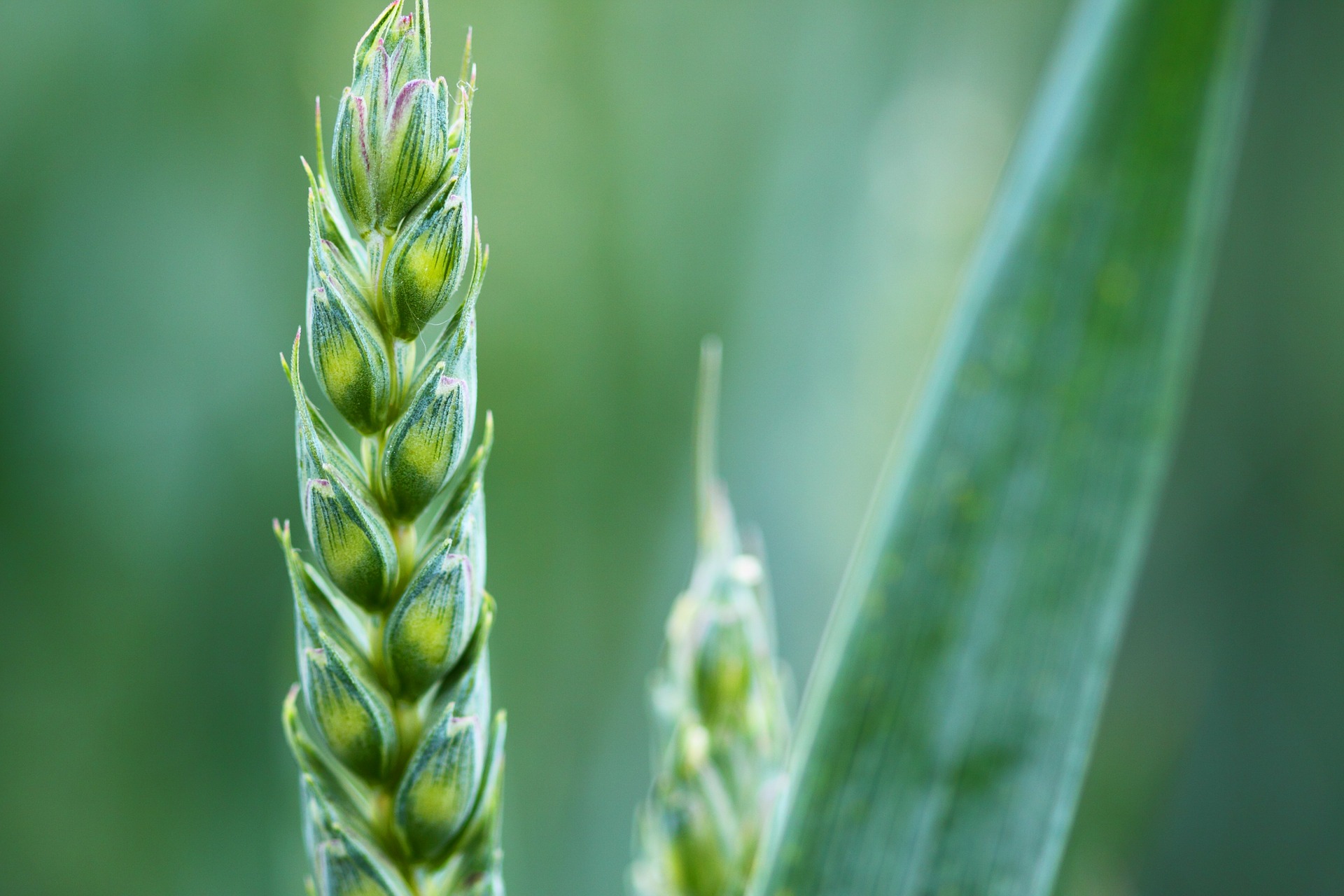The Icelandic Genetic Resource Council in Agriculture
Plants

Plants
For clarification, plants under the supervision of The Council for Genetic Resource in Agriculture are divided into the following two groups:

Fodder plants
When the settlers first came to Iceland there were probably relatively few plant species in the local flora. The settlers most likely brought plants with them that were adapted to grazing animals in contrast to the indigenous plants.
A common interest in field cultivation was brought about in the middle of the 18th century but there was a limited import of foreign grass species for cultivation until the beginning of the 19th century. At the turning of the 20th century, farmers began to grow bigger fields and import of seeds for cultivation increased. The size of cultivated grass fields in Iceland is estimated to be close to 100.000-200.000 ha.
Populations selected and bred in Iceland
The following six populations selected in Iceland for cultivation are recommended by the Agricultural University of Iceland and the Farmers’ Association of Iceland:
- Timothy (Phleum pratense) ; Korpa, Adda, Snorri
- Bering’s tufted hair grass (Deschampsia beringensis) ; Origin Norcoast
- Red fescue (Festuca richardsonii); Sámur
- Alaskan lupin (Lupinus nootkatensis); Mela
Timothy is used for fodder production but the other three species are mainly for revegetation of barren land.
Four Icelandic cultivars of barley (Hordeum vulgare) are recommended for corn cultivation:
- IsKria
- Skegla
- IsLomur
- IsSkumur
Two populations of Icelandic rutabaga (Brassica napus var. rapifera), are also recommended for cultivation; Maríubakkarófa and Sandvíkurrófa.
Value
Plants that have been developed as field or pasture plants in Iceland are adapted to the local environment and are, therefore, without doubt, important genetic resources for Icelandic agriculture. The most important species are considered to be Timothy, meadow foxtail (Alopecurus pratensis), smooth meadow grass (Poa pratensis), common bent (Agrostis capillaris), creeping bentgrass (Agrostis stononifera), red fescue (Festuca richarsonii), tufted hair-grass (Deschampsia caespitose) and white clover (Trifolium repens). Meadow fescue (Festuca pratensis), cocksfoot (Dactylis glomerata) and red clover (Trifolium pratense) are also included.
Being a member of the Nordic Genetic Resource Centre, NordGen, Iceland is in a good position to persevere its plants. Seeds from a number of different fodder plants have been collected from farmers’ fields and are stored and recorded under the supervision of NordGen.
The areas of old fields (fields that have been unchanged for 30 years or more) have been estimated at around 30% of all fields in Iceland. They are therefore not likely to vanish in years to come but the ways of farming are changing rapidly so caution is always needed if they are not to be lost.
Plants for human consumption
Wild plants
A number of wild plants exist in Iceland that has been or can be, used for human consumption, either as food, spices or medicine.
The most common ones are:
- Angelica (Angelica archangelica)
- Northern dock (Rumex longifolius)
- Sheep’s surrel (R. acetocella)
- Scurvy grass (Cochlearia officinalis)
- Northern bilberry (Vaccinium uliginosum)
- Whortleberry (V. myrtillus)
- Crowberry (Empetrum nigrum)
- Icelandic moss (Cetaria islandica)
- Dulse (Rhodymenia palmata)
This list is not exhaustive and among species not mentioned are: Caraway, sweet cicely, chive, and lovage. In addition, wild plants exist that have mainly been used for coloring fabrics.
Non-wild plants
Growing plants (other than wild species) for human consumption became common in Iceland around 1800. Some species have lost their role as a part of local diets but most still exist as such. The most common ones are:
- Sea lyme grass (Leymus arenarius)
- Potato (Solanum tuberosum)
- Rutabaga (Brassica napus var. rapifera)
- Rhubarb (Rheum x hybridum)
- Berry bushes of different species; (Ribes spicatum), (Ribes nigrum), (Rubus idaeus), (Uva-crispa).
- Field garlic (Allium oleraceum)
Value
The Nordic Genetic Resource Centre, NordGen, now stores populations of Icelandic rutabaga. The Agricultural University of Iceland is responsible for preserving Icelandic potato populations.
Most species of wild plants used by humans are common around Iceland and, therefore, best kept in their natural habitats. The field garlic is an exception being classified in danger of becoming extinct.

